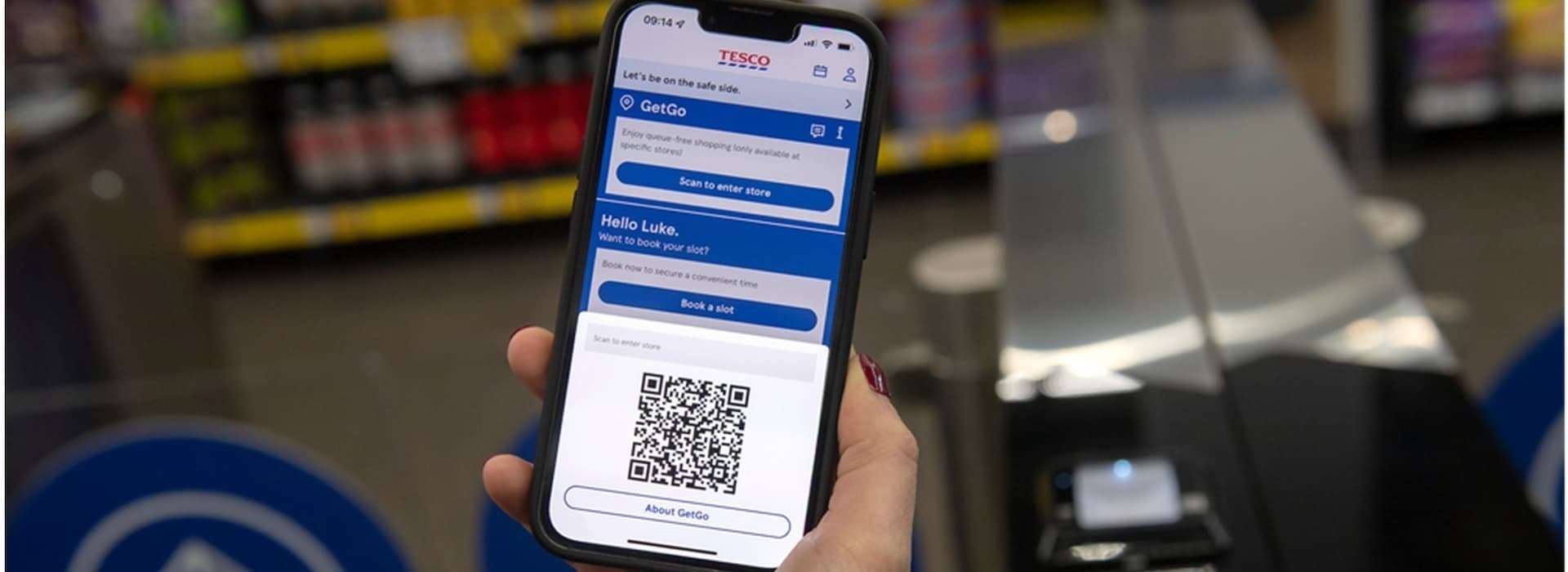Asia set for major e-commerce growth, IGD
With Singles’ Day, the world’s biggest online shopping event, currently underway across Asia and coming to a climax this weekend, the region’s largest online grocery retailers will grow on average 34.6% a year between now and 2022, according to IGD.
Retailers and grocery manufacturers across Asia are embracing the online channel, driven by a number of reasons, such as demographic shifts, rising internet and mobile penetration and improved logistics. However, growth still varies significantly between different countries and retailers. The region’s top eight online retailers are all from China, Japan and Korea, countries with a high adoption of online shopping and more advanced supply chains. China is the world’s largest online grocery retail market and JD and Alibaba’s Tmall are the country’s leading online marketplaces. JD is Asia’s number-one online grocer, with Alibaba a close second. In terms of revenue from online grocery, Alibaba is four times the size of Japanese retailer Rakuten, Asia’s third largest player.
Shirley Zhu, Programme Director at IGD Singapore, says: “JD and Alibaba are set to see by far the fastest growth in online grocery in Asia to 2022. Although grocery is a relatively small part of the overall business of these two marketplaces, due to their sheer size, they still lead in online grocery. In the future, we expect JD and Alibaba to also increasingly see returns on their investment in Southeast Asia as the market gets more mature. For example, Alibaba Group has just unveiled a hub in Malaysia, on top of its acquisition of Lazada, while JD.com has set up a joint venture with the Thai conglomerate Central Group.”
On Singles’ Day 2016, Alibaba reported sales totalling US$17.8 billion – $11 billion more than Black Friday and Cyber Monday combined. This year, more than 15 million products are expected to be available from 140,000 brands, with JD.com also taking part in the festival, which has a more international flavour than previously.
“The opportunity is no longer just for domestic companies,” comments Zhu. “Last year, leading retailers such as Alibaba reported a big uptick in shoppers buying from international brands or merchants during Singles’ Day. And this year, Alibaba is targeting the 100 million Chinese people who live overseas by making brands available outside China, while JD has announced free shipping to customers in Macau, Hong Kong, and Taiwan. There will also be more offline activity. JD will roll-out campaigns in its own physical stores as well as Walmart’s 400 bricks and mortar stores in China. Meanwhile, Alibaba is making more ‘new retail’ experiences accessible. Facial recognition payment will be made available in converted 'smart stores' across nearly 100,000 stores in 31 provinces and 334 cities in China. Pop-up stores for cosmetics, for example, will offer experiences through augmented reality for make-up and lipstick trials.”
She adds: “The Singles’ Day festival has essentially grown into a two-month opportunity for brand owners. This year many brands started their marketing campaigns weeks before the official kick-off of the event on 31st October. To fully take advantage of the festival, instead of simply offering coupons to shoppers, many brands have designed their product offering, promotions and social content specifically for Singles’ Day, giving them a better opportunity to stand out from the crowd and grab shoppers’ attention.”










